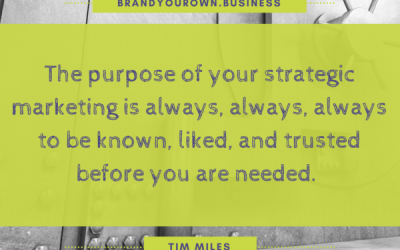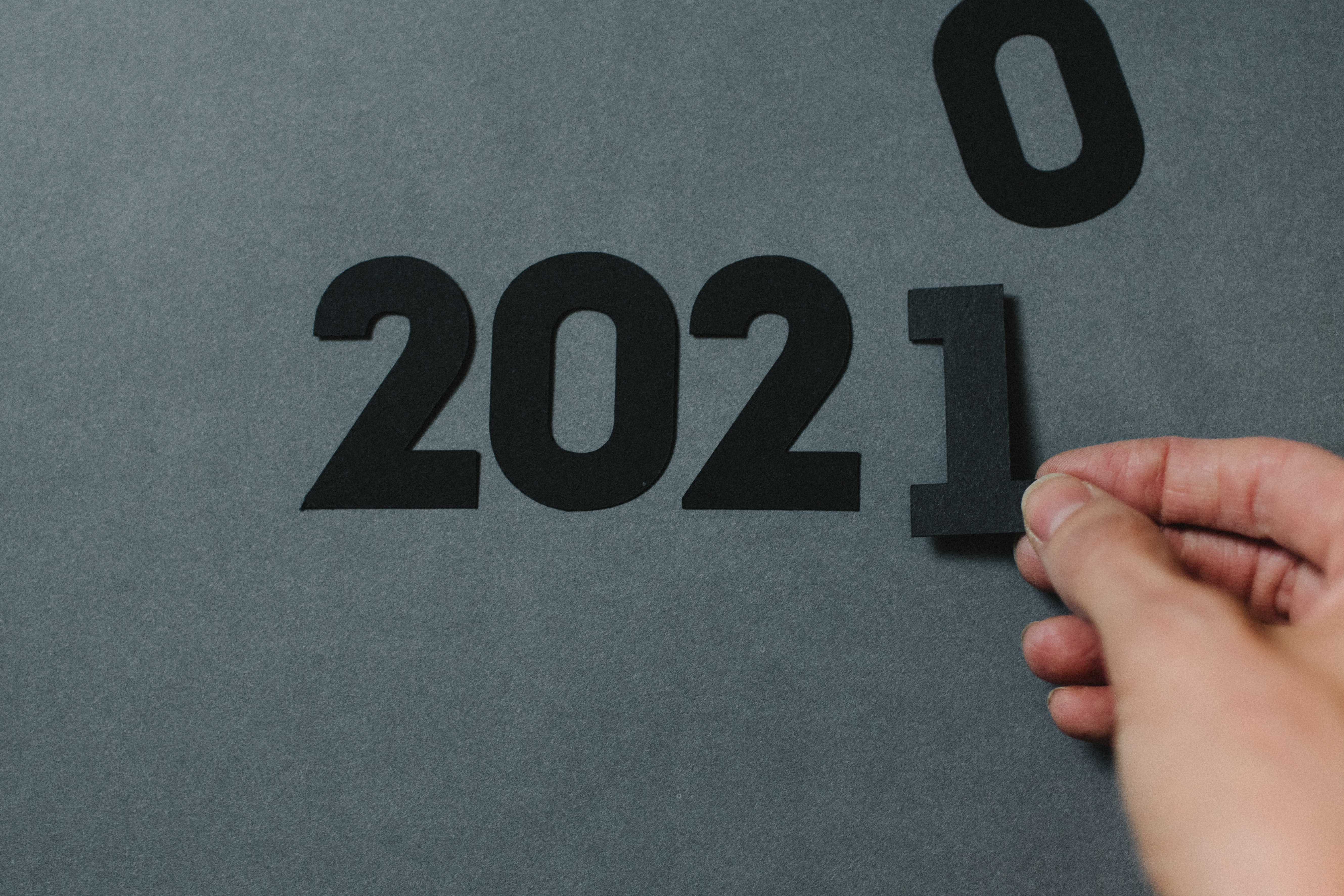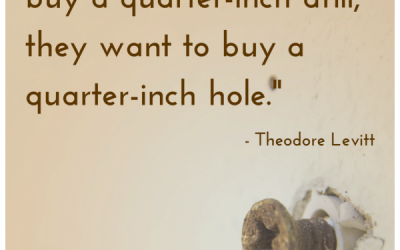Do you appreciate your customers? Think about this for just a minute and then answer it honestly. I’ll ask you again, do you appreciate your customers? I mean REALLY appreciate them! We’ll assume that you answered yes. Now, here is the most important question. Do...
Sound ADvice
Top of Google or Top of Mind
In today’s changing media world, when it comes to your current customers and your future customers, is it more important to have Top of Mind Awareness or be at the top of the page on Google? Of course, it’s great to be recognized by both customers and Google, but if...
Your 2021 Marketing Plan
2020 is thankfully coming to an end, and you have made it through another year in an increasingly competitive and complex environment! Congratulations! But how is your future looking? Peter Drucker, who has been described as “the founder of modern business...
Problems = Opportunities
Have you heard the classic tale of the two shoe salesmen who were sent to a remote third-world village to sell shoes? When they arrived at the village, one immediately sent a message to his office saying, “There’s a problem. No one here wears shoes. Will return...
Out with the Old, In with the New
In the old media world, 86% of advertising budgets went towards production and delivery costs that are totally unnecessary in the new electronic media age. This archaic mode of communication came at the cost of harvesting trees, operating expensive pulp and paper...
Do Your Customers Trust You?
Trust… It’s not just for personal relationships. It’s a MUST in business too! Put yourself in your customers’ shoes. Do you trust the vendors that you do business with? Are they providing you with or doing things for you that consciously or subconsciously earn...
Priceless
Do you remember the old Mastercard campaign? The title of it was “Priceless” and the impact of the campaign was “priceless”. “There are some things money can’t buy. For everything else, there’s Mastercard.” This “idea” turned this struggling company around and saved...
The Drill or The Hole
Every year there are millions of drills sold across North America. But here’s the crazy thing...not one person who bought a drill wanted a drill! What they really wanted were holes! If another tool would have made the holes faster, better, easier, or cheaper they...
Building Trust With Your Marketing
Today, more than ever, successful business owners know that the route to higher closing ratios and sales is built upon stronger customer relationships, and the single most important element to building and keeping relationships is built upon trust. “Trust” is defined...









